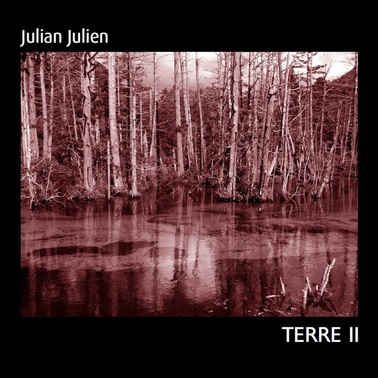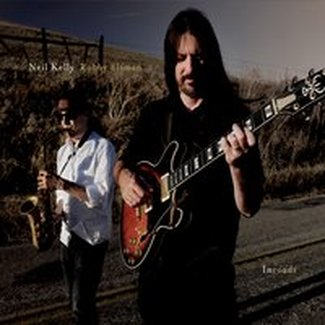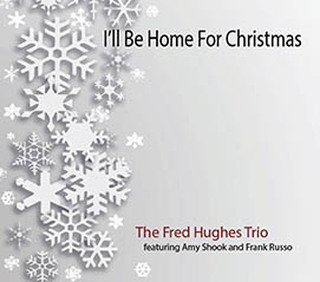
“Prelude” opens with a sense of primordial and breathy woodwinds alongside instinctive rhythms.
“Terre II” follows with the lovely melody carried by the piano and strings whose tremolo punctuations highlight the way. Julien’s sax on top, and the bass clarinet below, offer a layered procession for the melody. A lovely track.
“Iris I” is a short introduction to the Iris theme which recurs in six incarnations. The effects of the piano create a distance which is fascinating.
“Ailleurs” is introduced by the flute and picked up by the other woodwinds as chimes and would percussions are similar. The energetic, albeit meditative, quality is mesmerizing. The cumulative result, so far, shapes an evolutionary image of earth’s growth.
"Iris II" and "Iris III" open with chimes and ambient keyboards and percussion. The briefly chaotic element of “Iris II” transitions into a reverent, almost worshipful, procession that opens “Iris III.”
There is a developing ecstasy that is enthralling indeed. The falling away is peaceful.
“Una Attente” opens with sweet, Jazzy female intimations that, for the moment, give way to piano and bass. Warm strings follow and allow the return of the female voice as a distant backdrop. The piano attends in broken cascades. The song ends as it began, with vocal intonations.
“Iris IV” is another return of the theme but with Julien’s sax and the horns leading the procession.
“Doudou” opens with steady rhythms, joined by almost Arab motifs. The keyboards come over top with bass behind as the woodwinds push forward the lonesome melodic line.
"Iris V" moves the theme with electric keyboards which serve to carry the evolution forward. Interestingly, the rhythms remain a bit primitive in both meter and instrumentation. Assuredly, a message is being proclaimed by Julien – a message that declares that however much we are evolving, we remain tied to our primitive selves.
“Non-sens” is a bit of “Cosmos” imagery in the style of Vangelis and that is not a criticism. From that imagery emerges an industrial sense of measured mechanics. The horns and strings interact into a worldview of clockwork corporations with the individual calling out loudly through the trumpet’s voice. Eventually, the mechanical keyboard assumes and replaces the voice of the individual to be lost in the droning of industry. Powerful.
“Iris VI” sees the theme completely taken over by the mechanical.
“M. John Barry” concludes the album. It is the big groove piece of the album with baritone sax, organ and electric piano setting up the groove. Julien’s tenor sax calls in solitary determination, followed by a trumpet with the sax to call together above the fray. Both saxes call and answer with a fading, strangled trumpet drifting away.
Julian Julien’s “Terre II” is a vision of the world – a second world – that we have created, with very little resemblance to the world that was bequeathed to us. The compositions are epic (in the literary sense) and tell a tale of past, present and possible future. It is an instructional work of culture’s hopes and failings. The musicianship is superb and the entire work is a thing of intelligence and talent.
~Travis Rogers, Jr. is The Jazz Owl




 RSS Feed
RSS Feed
